By Gregory Peduto
The army brass argued at length; the scheme proposed by behavioral psychologist B.F. Skinner was mad, foolhardy, but also ingenious. In one of the most unusual tales of World War II, Skinner had trained a squadron of pigeons—using positive reinforcement— to pilot the military’s first guided missile system.
The story started innocently enough on a chilly April day in 1940. While traveling from the University of Minnesota to Chicago for the annual meeting of the Midwestern Psychological Association, Skinner reflected on the carnage wrought by the unprovoked Nazi bombings of the Polish capital of Warsaw. The psychologist figured that the only way a small defenseless nation could hope to deter a technologically advanced air force was with some type of surface-to-air smart missile that always found its mark. As he thought the situation over, Skinner peered out the window of his railroad car and was struck by an idea.
The psychologist marveled at a flock of pigeons wheeling high in the sky and diving like a detachment of fighter planes. He recalled, “Suddenly I saw them as ‘devices’ with excellent vision and extraordinary maneuverability. Could they not guide a missile?”
Feathered Bombardiers
At the time, Skinner had no idea how right he was. Scientists have always known the lowly pigeon as nature’s navigator. With five types of retinal pigmentation and two focal regions, the birds have some of the best vision in the world. Pigeons use their visual acumen to fly with references to thousands of memorized geographic landmarks, and they can even read the declination of the sun to approximate a location. Iron particles in the birds’ beak cells act as rudimentary compasses that direct them toward their home. Because pigeons have these natural navigational tools, Skinner knew they would make excellent pilots.
When he returned home, the behavioral scientist raced to a poultry shop and rescued a pair of doves destined for a skillet. This pair of birds would eventually spawn a team of over 30 precision bombardiers. In addition to pigeons, Skinner attempted work with crows because he felt their bellicose demeanor might make them a more suitable weapon. The psychologist found the crows admirable test subjects, but their temperaments were impossible to control. Skinner eventually booted the crows from the project when they pecked out the eyes of a prized pigeon. With the crows gone, he was forced to train a bird known for its timidity into a death-defying pilot.
As a behavioral psychologist, Skinner believed that all living organisms could be conditioned with positive reinforcement into predetermined physical responses. Skinner had made his name in the psychological world with lever-pulling lab rats that performed stunts and endured electric shocks for pellets of food. Unfortunately, switch-throwing rats paled in comparison to a pigeon-guided rocket. The success of the mission meant not only saving lives but also taking behavioral science into the real world, so Skinner dove into the project like one of his bird bombs.
Birds Working With Machines
The psychological world knew Skinner as a device man. Scientists often marveled at his Rube Goldberg contraptions that ran the gamut from mouse mazes to observation boxes, and the early days of the Pigeon Project were no less inventive. In his memoirs, Norman Guttman, a graduate student working at the University of Minnesota, described the chaotic scene in the laboratory. “Punch boards and carbon paper; photoelectric cells and lightbeams focused across large plates of thin celluloid … never enough plastic, wood and deco to make up for the unobtainable gears, shafts, wires, relays, and small motors.”
After much experimentation, Skinner developed the perfect simulator. He rigged an apparatus that allowed the birds to steer a table with neck impulses. He trained the would-be bird bombardiers, which were contained in a toeless socks or snuggies, to peck at a bull’s-eye in order to receive a kernel of corn. A moving hoist and a motorized control system allowed the birds to descend from ceiling to floor in search of grain. By moving their heads up, the birds could ascend. Conversely, a downward movement prompted the machine to dive. Left-right neck impulses controlled lateral movements. After a few weeks, the feathered aviators guided the devices across rooms and down long hallways, and Skinner reasoned that they were ready to graduate.
The experiment landed on the desk of John T. Tate, a physicist and dean of the university. Tate was delighted with the experiment. The dean then brought the project to R.C. Tolman, a defense scientist, but the plan was shelved. No one was interested in a missile guided by a bird renowned as the flying rat; however, the attack on Pearl Harbor changed enough minds to save the Pigeon Project from obscurity.
Following the carnage in Hawaii, John Tate received word from the military that it was still searching for a guided weapon—with one change in plans. Skinner would have to switch gears from a defensive surface-to-air rocket to an offensive air-to-ground missile.
To prove the pigeon’s usefulness as an offensive weapon, Skinner’s team constructed a new training gizmo. The researcher later wrote in the American Psychologist, “We built an apparatus in which a harnessed pigeon was lowered toward a large revolving turntable across which a target was driven according to contacts made by the bird during its descent.”
Piloting this new contraption, the bird bombers sank model ships and destroyed tiny factories. Skinner filmed his feathered aviators at work, and Charles Bray and Leonard Carmichael, two friendly psychologists involved in the war effort, went out in search of a government contract.
Finding Funding
When the duo found the Office of Scientific Research and Development unresponsive to the proposal, they took the project to Commander Luis de Florez of the Navy’s Special Devices Section. De Flores loved the plan, but as Skinner recalled, “He was unable to take on the project because of other commitments and because, as he explained, he had recently bet on one or two other equally long shots …”
One can just image the nature of Flores’s other experiments, but documentation of these projects never surfaced. Without a sponsor, the Pigeon Project faced certain doom.
The Minnesota Pigeon Project languished in research-and-development purgatory until a mysterious character, known only as Victor, wandered into the university’s psychology lab looking for an animal psychologist. When Victor relayed a scheme to use dogs to pilot antisubmarine torpedoes, the departmental staff immediately directed him to B.F. Skinner, the birdman of Minneapolis. Smitten by the psychologist’s pigeon flyers, Victor dropped his dog torpedoes in favor of bird-guided missiles. Skinner had found his savior or, conversely, Skinner’s savior had found him.
Victor hit the streets of Minneapolis to drum up investors for Skinner’s intrepid birds. The puzzling figure met rejection after rejection until he finally got a nibble at the offices of General Mills. Arthur D. Hyde, the vice president of research at the cereal manufacturer, marveled at Skinner’s diminutive air force and awarded the psychologist a $5,000 grant and a secret laboratory on the top floor of an abandoned flour mill. More importantly, Skinner now had the entire General Mills engineering staff at his disposal.
Research & Development
To approximate a true bomb guidance system, the engineers constructed an electronic peck-activated steering apparatus. This device required pecks to keep an imaginary bomb on target, and with a little practice and a lot of corn, the birds could hit targets with 99 percent accuracy.
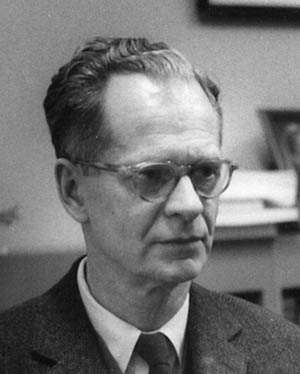
Skinner detailed the device in the American Psychologist. “The screen was a translucent plastic plate forming the larger end of a truncated cone bearing a lens at the smaller end. The cone was mounted, lens down, in a gimbal bearing. An object within range threw its image on the translucent screen; and the pigeon held vertically just above the plate, pecked the image.”
The psychologist even discovered that the pigeons could bomb specific street intersections on a huge city map. Next, Skinner worked to refine his conditioning techniques, which he hoped would make his pint-sized pilots the most accurate flyers in the world.
He found the birds worked particularly hard for a reward of hemp seeds. When the scientist used undisclosed “energizing drugs” as a treat, he found that the “pigeons could be induced to peck so energetically that the base of the beak became inflamed.”
Even without drugs, Skinner’s air force functioned in pressure chambers, extreme temperatures, and a centrifuge and while lab technicians fired blank pistols in the air. The Pigeon Project discovered that simple rewards made birds more fanatical than the SS, Mussolini’s Black Shirts, and Japanese kamikaze pilots combined. The birds certainly had the right stuff, and the Pigeon Project sent another film to the Office of Scientific Research, but this time instead of a snarky rejection letter an observer traveled to scrutinize Skinner’s flour mill laboratory.
Working With the Army
The awestruck Army scientist granted Skinner the chance to present his case in Washington in February 1943. A month later, the Army awarded General Mills a $30,000 grant to perfect a living “homing device” that could pilot the Pelican Missile system. Under trial in New Jersey at the time, the Pelican was a wing-steered glider whose servomechanisms took up so much room that there was no space left for the explosives. The missile led Skinner to quip, “Hence the resemblance to the pelican whose beak can hold more than its belly can.”
What intrigued the Army in particular was that the pigeon missile was organically guided; therefore, it could not be jammed like other radar-controlled rockets in development. The General Mills engineers would not only have to train pigeons but also design a nose cone steering system that is today on display in the Smithsonian Museum.
The engineers amazed Skinner with the speed in which they completed their task. He wrote, “They designed and constructed a pneumatic pickup system.… A lens in the nose of the missile threw an image on a translucent plate within reach of the pigeon in a pressure sealed chamber. Four air valves resting against the edges of the plate were jarred open momentarily as the pigeon pecked….”
Pecks on the screen controlled the movement of the rocket by means of pressure-releasing valves. As the training commenced, Skinner worried that the Army would be leery of a bomb controlled by a captain with a brain the size of a pea. What if two ships were in sight but only one was the target?
To prevent accidents, the psychologist introduced a democratic system of piloting. The engineers redesigned the nose cone to accommodate three birds, each with its own aiming lens. Their pecks would count as votes that determined the direction of the rocket.
Testing the Weapon
To test their system, the General Mills workers constructed a moving Pelican missile simulator. The gadget hoped to mirror the movements of the winged glider in flight. Skinner recalled, “The three-bird nose was attached to it, the pigeons could be put in full control— the loops could be closed—and the adequacy of the signal tested under pursuit conditions.” With the apparatus perfected, the scientist focused on the mass production of his pilots.
The lab workers trained the birds in classes. Some pigeons operated only at sea. Others only bombed factories. Skinner also proposed the use of specialists, topnotch birds conditioned for single missions of high importance. By December 1943, the birds were ready for battle with the Nazis but, unfortunately, not with Army generals.
Six months after the Army awarded General Mills the grant, Skinner and his team reported to the Office of Scientific Research and Development; but in January 1944 the Army refused to extend the contract. The decision crushed the psychologist. He knew his birds had performed admirably, but why did the Army cancel the deal?
It seems the Army misinterpreted the peck accuracy data. Glancing blows that did not depress the valve system were interpreted as misses. Undeterred, Skinner traveled to the Massachusetts Institute of Technology to contest the findings. The MIT labs were responsible for the servocontrols of the Pelican, and these MIT scientists put the kibosh on the project.
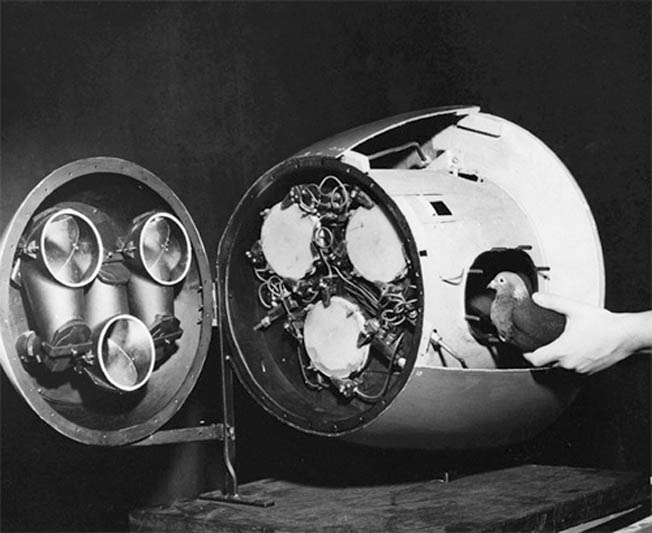
They claimed, “The signal we reported would cause the missile to ‘hunt’ wildly and lose the target.” Another MIT scientist who had witnessed the birds in action spoke on the Pigeon Project’s behalf, and the chuckling scientists gave Skinner his final chance.
Fortunately, the scientist brought a feathered ace in a specially designed enclosed simulator box. The bird’s mission was to peck at a slide of the New Jersey testing ground projected across the room. The MIT scientists were supposed to observe the bird in action through a small viewing tube, but the MIT team refused. They insisted on removing the top of the box to watch the bird in action. This decision flooded the translucent pecking screen with light and made it impossible for the pigeon to operate. Skinner was nearly laughed out of the office.
He reminisced, “I will not say that the meeting was marked by unrestrained merriment, for the merriment was restrained. But it was there, and it was obvious that our case was lost.”
In the end, the well-respected physicists refused to believe that a pigeon could fly a missile, and the Army cast Skinner’s dream into the ever-increasing list of World War II’s improbable schemes and weird ideas.
The Pigeon Project Gets Grounded
On October 8, 1944, the National Defense Research Committee officially grounded pigeon air and discontinued the program. Skinner recalled that British Prime Minister Winston Churchill’s personal scientist adviser, Lord Cherwell, “regretted the demise” of the Pigeon Project. Skinner got a second chance in 1948, though.
The Navy revived the project under the codename project ORCON, for organic control, because of the birds’ resistance to jamming. With Project ORCON the pigeons needed to track targets in a simulator at real-time speeds. The targets were on 16mm motion pictures photographed from a plane at 600 miles per hour, and the birds performed marvelously.
It was true that pigeons could pilot rockets, but the weakness of the system lay within the use of a living computer. Pigeons could pilot a missile only as far as their eyes could see. The missiles, therefore, functioned as relatively short-range devices that did not mesh with the parameters of the Navy’s weapon system.
Sadly, a year later, the world’s first pigeon-guided missile was abandoned. With his contract finally gone, Skinner consoled himself by teaching his birds to play Ping-Pong.
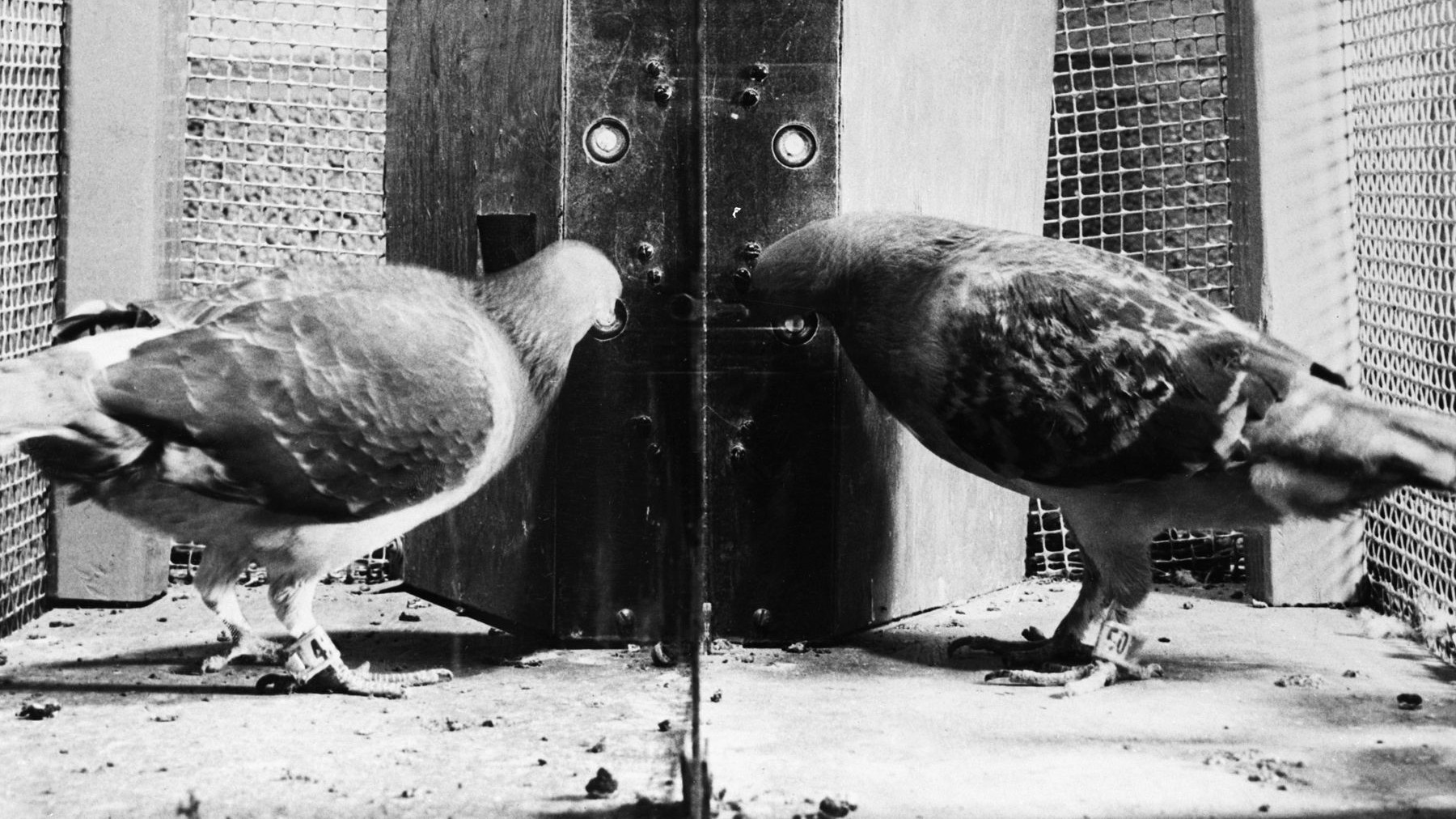
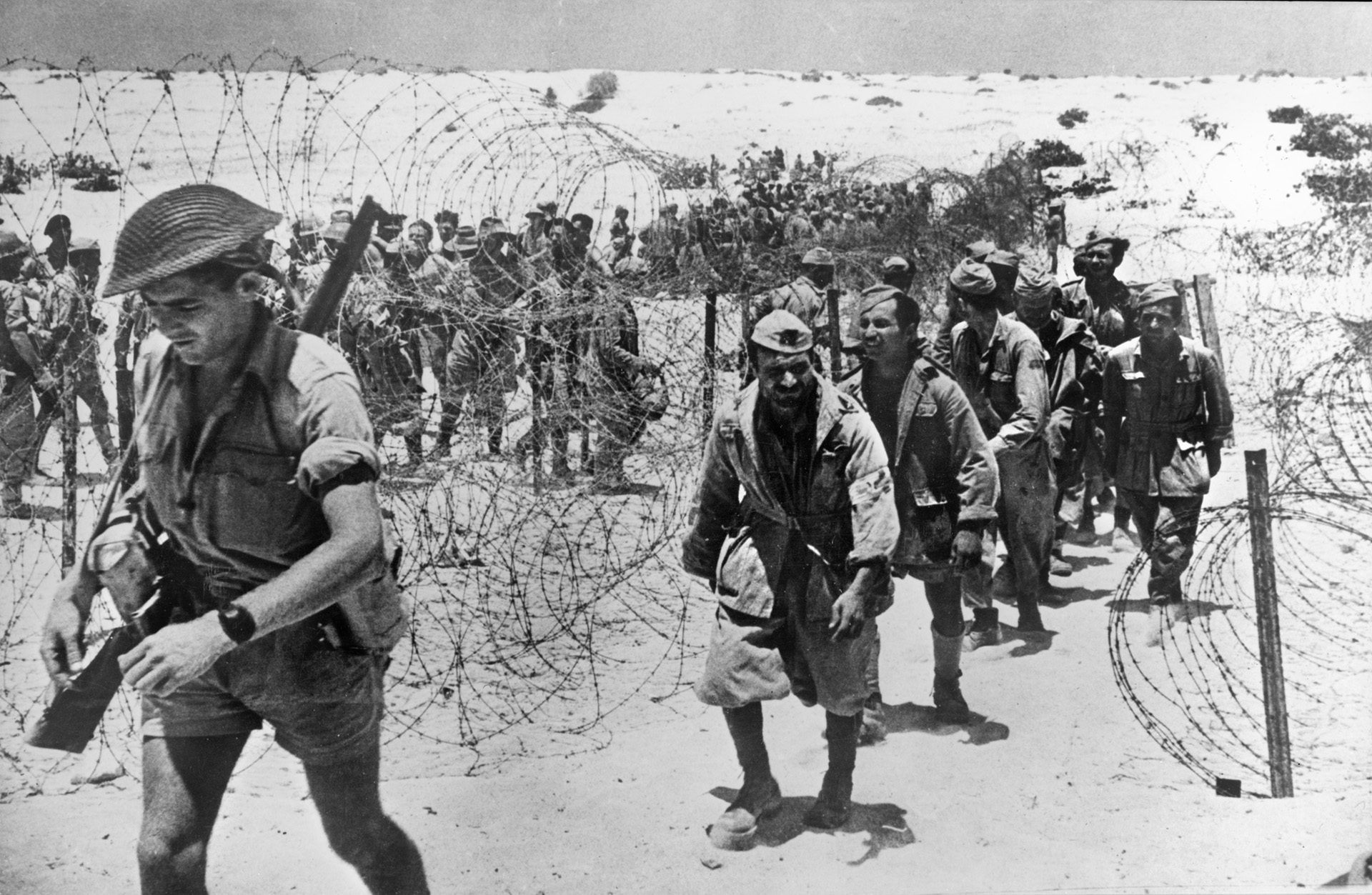
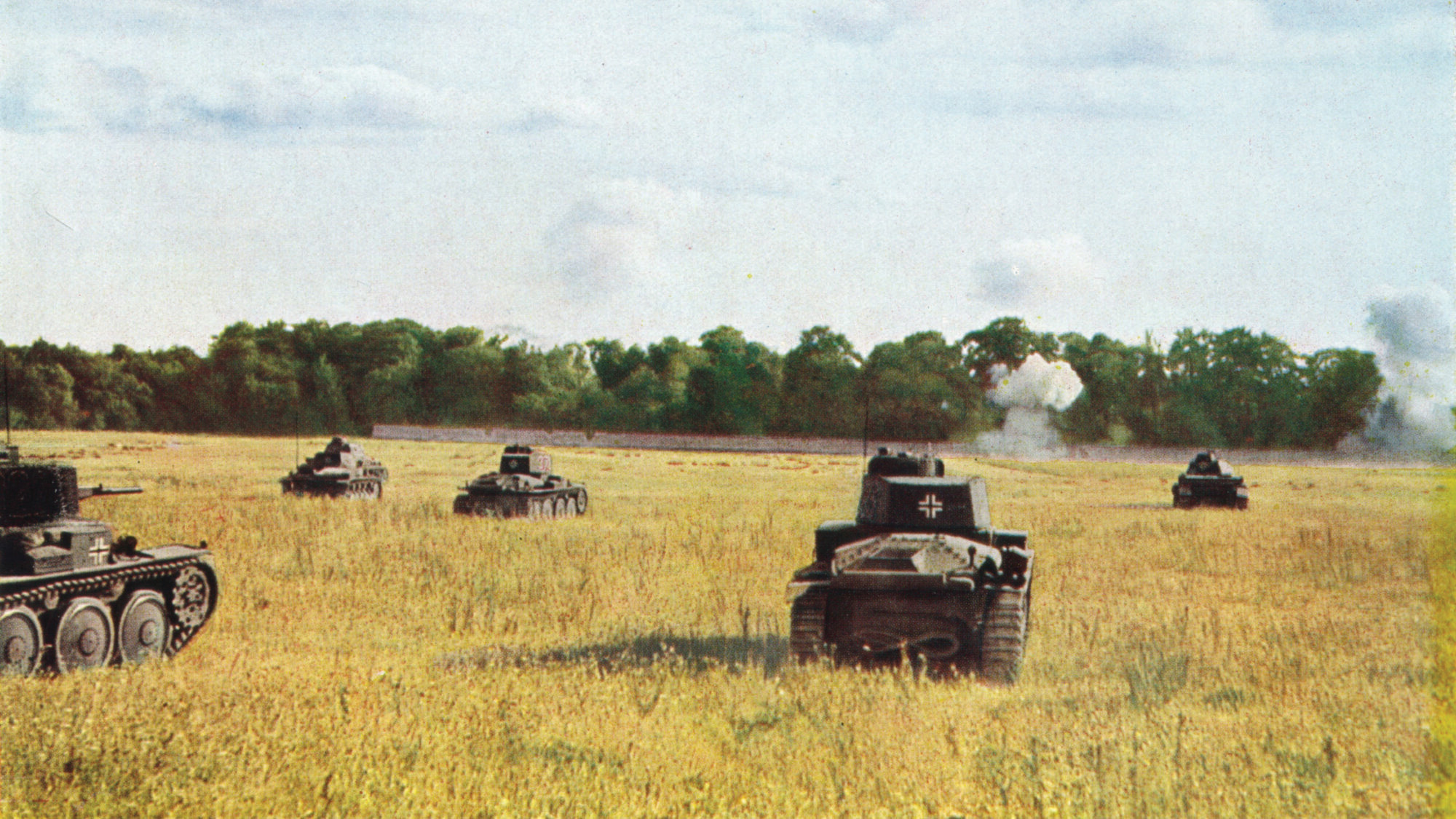
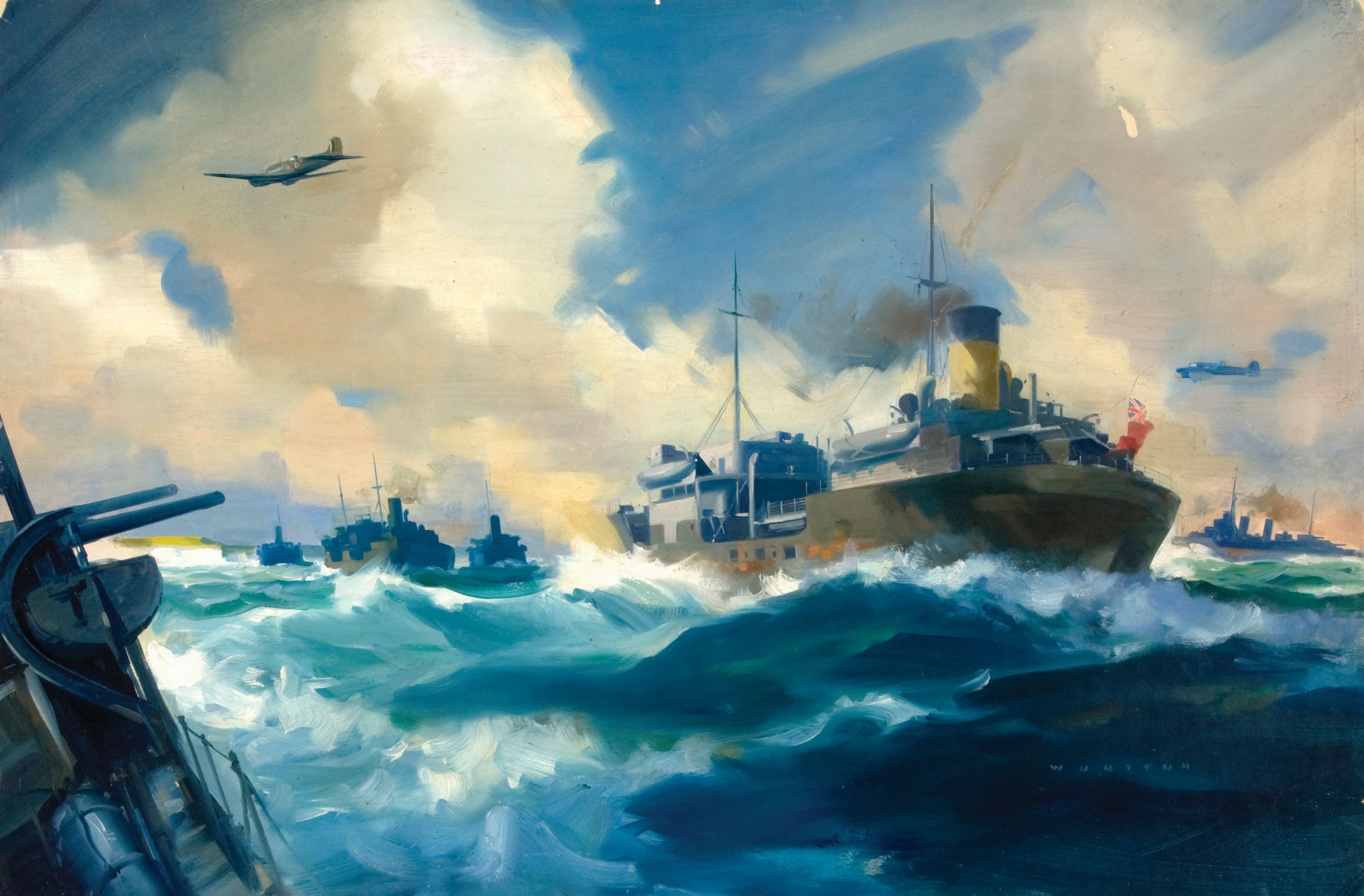
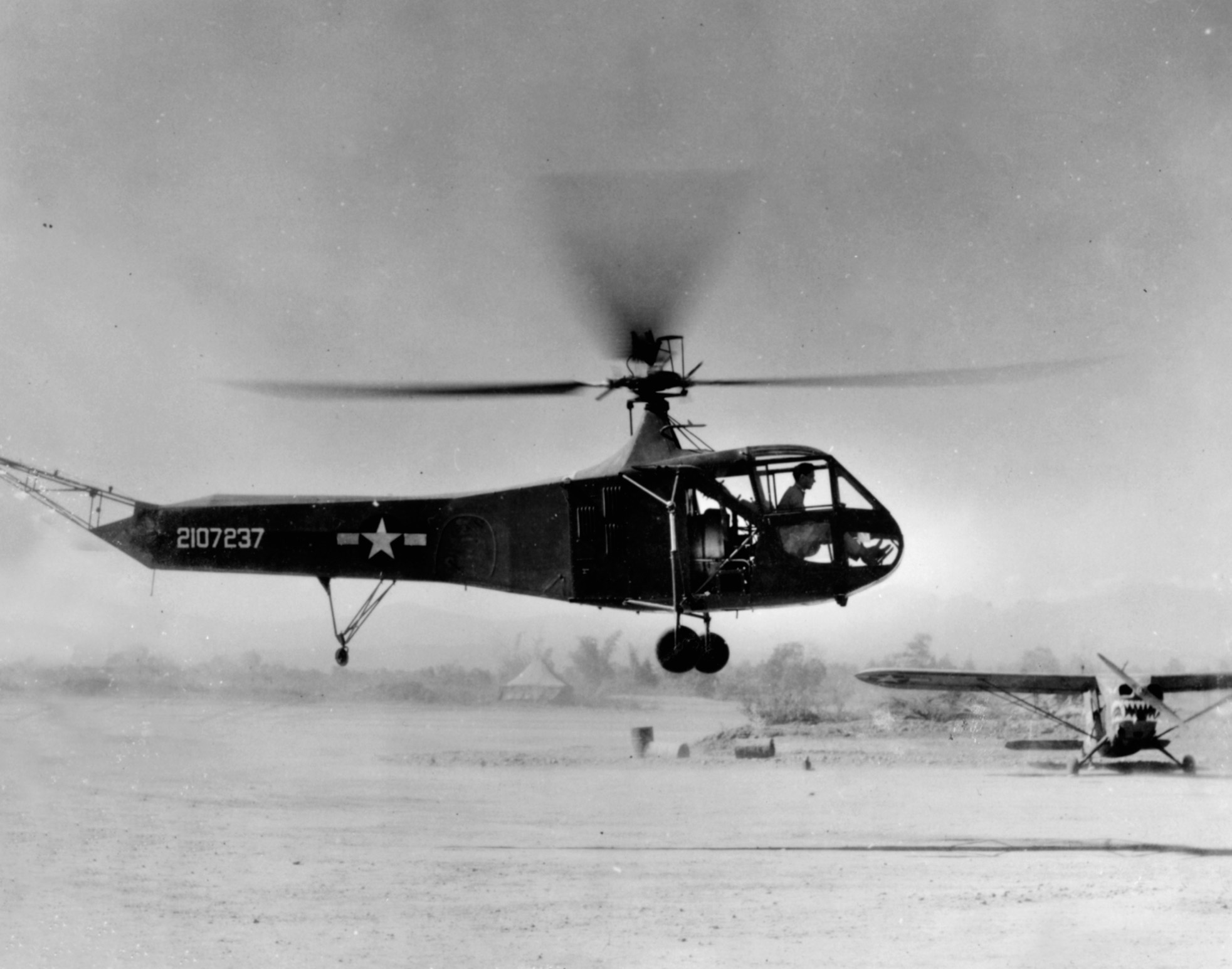
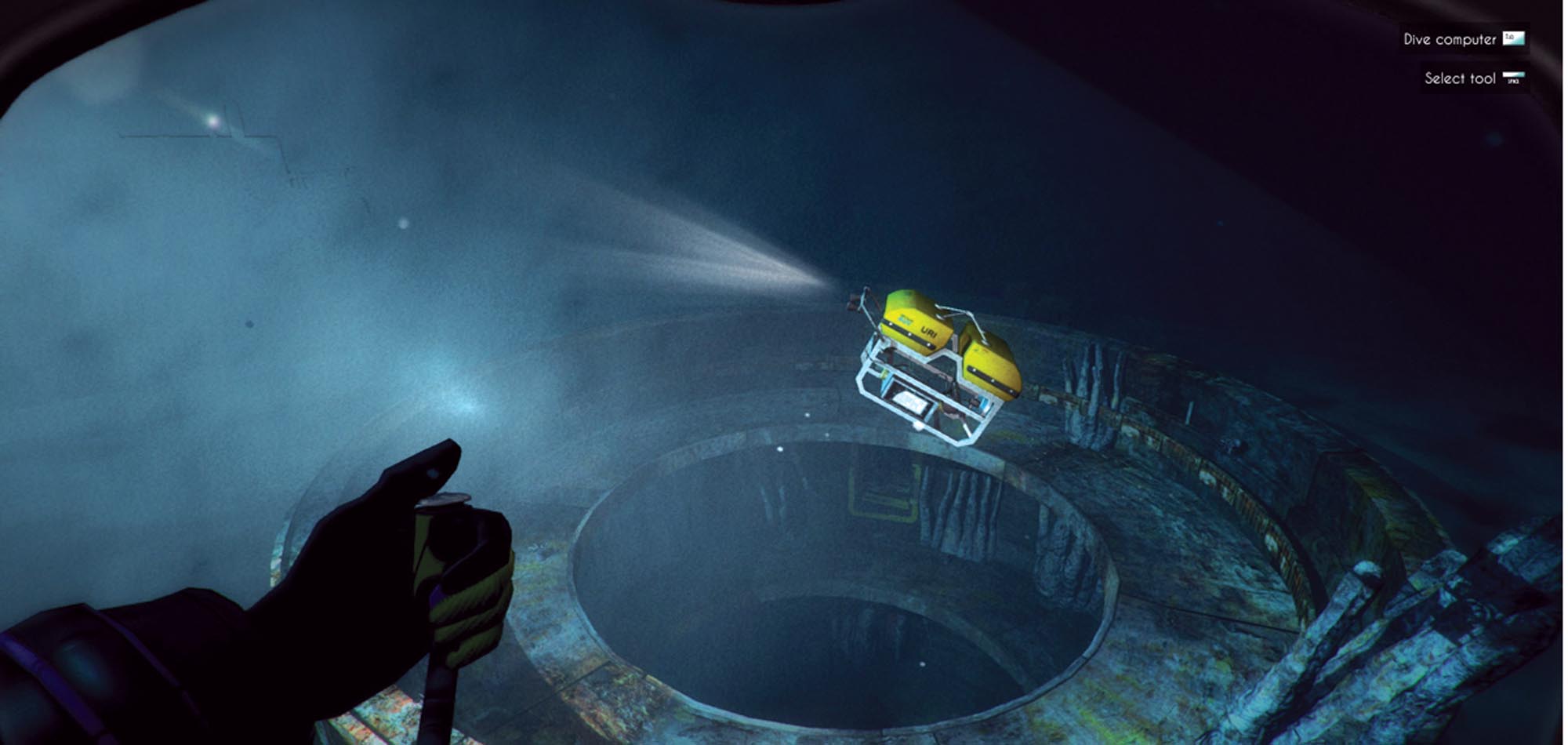
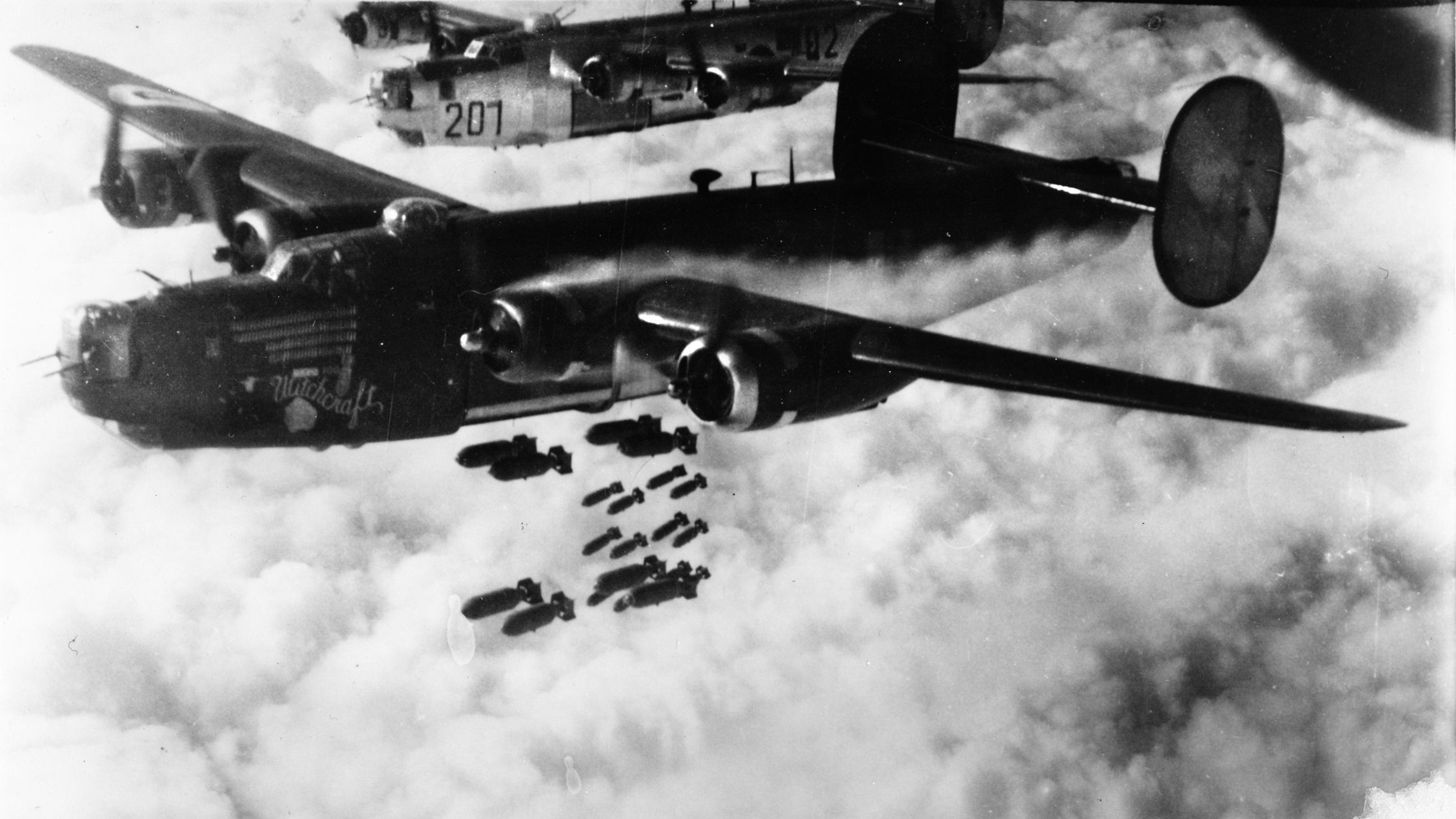
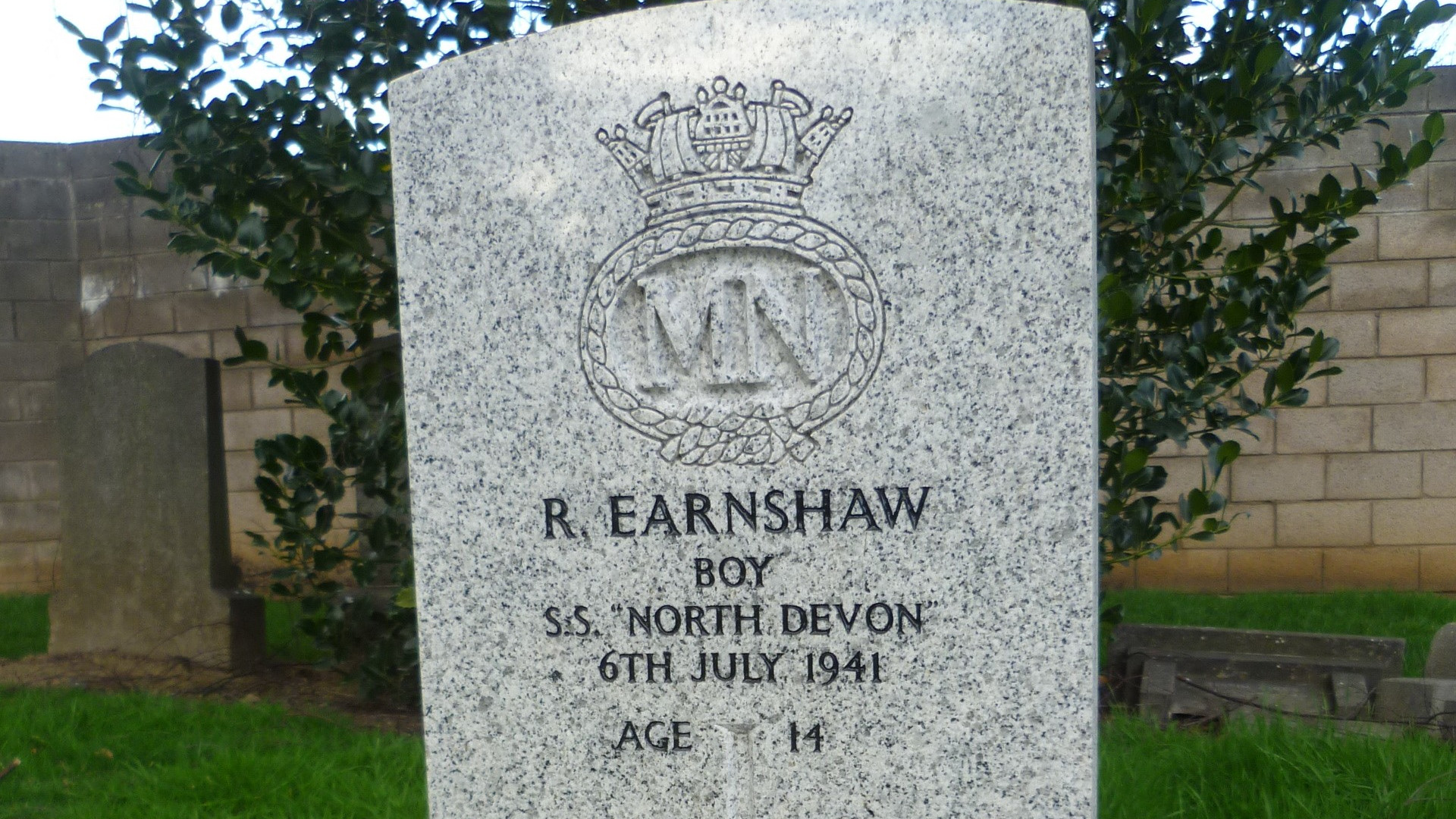
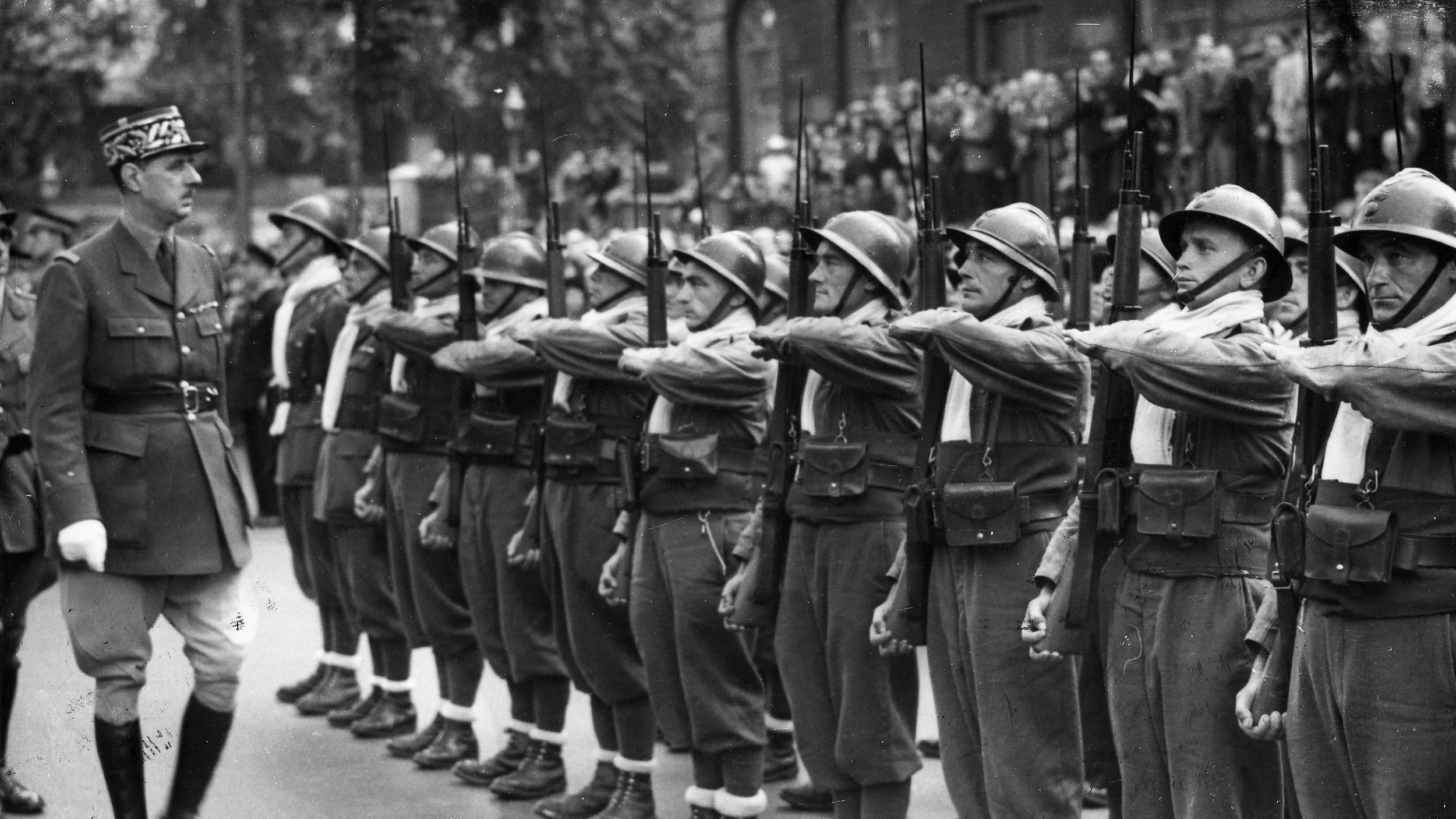
Join The Conversation
Comments
View All Comments